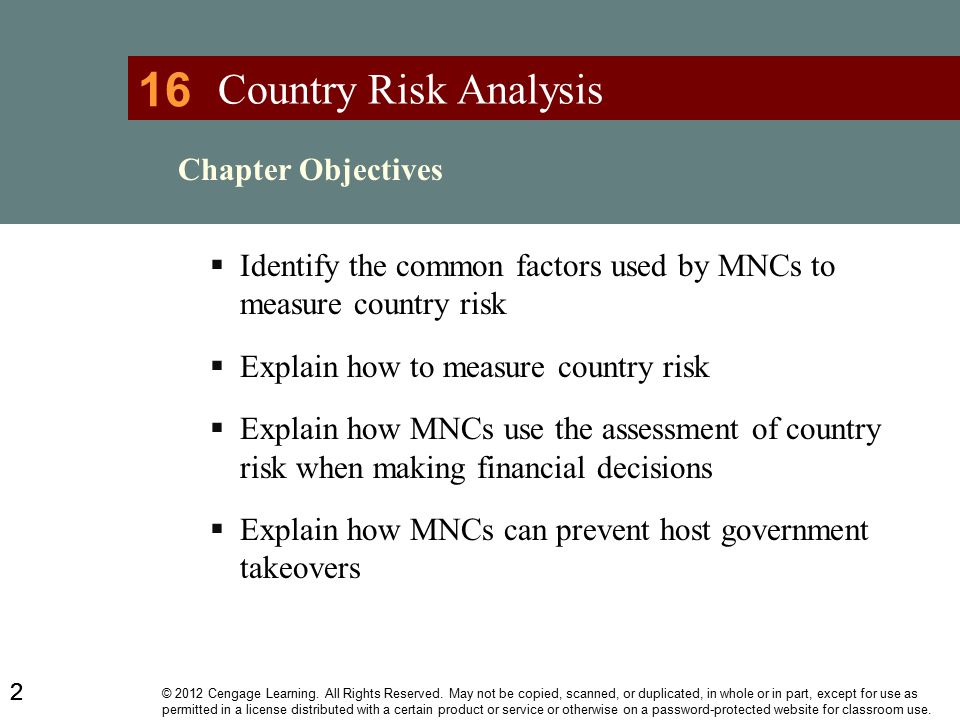

These calculations also require estimating debt beta, which measures the systematic risk for debt returns. Unlevered beta only considers assets when calculating the systematic risk of a company. It removes any effects of leverage and debt from the capital structure.
- Beta is a measure of an investment’s risk in terms of its volatility relative to the market.
- Beta only looks at a stock’s past performance relative to the S&P 500 and does not provide any forward guidance.
- Investors can use this metric as a part of the Capital Asset Pricing Model .
- From equities, fixed income to derivatives, the CMSA certification bridges the gap from where you are now to where you want to be — a world-class capital markets analyst.
1) Whether or not a convex WACC curve is more familiar, it’s certainly incorrect. For it to be valid, we would have to abandon Modigliani & Miller’s capital structure irrelevance proposition. LBOs where debt can be several multiples of equity make the smiley face curve even taking into account debt-beta. With a finer increment along the X axis, one could pinpoint a minimal cost of capital, which presumably would maximize enterprise value.
It is similar to equity beta but uses returns generated from debts instead. Although debt beta is a crucial component of the systematic risk calculation, it is insignificant in value. When used within the context of the CAPM, beta becomes a measure of the appropriate expected rate of return. For that reason, unlevered beta is often called “asset beta” because it measures the expected volatility of the security as if the capital structure is comprised of only equity financing. Levered beta, also known as equity beta or stock beta, is the volatility of returns for a stock, taking into account the impact of the company’s leverage from its capital structure.
Unlevered Beta / Asset Beta
When long-term market-betas are required, further regression toward the mean over long horizons should be considered. Equity beta can be calculated in the following three methods. Unlevered beta can be found by modifying a firm’s regular beta.

Starting in June 2012, I also report equity risk premiums based upon CDS spreads, where those are available. The data, with a couple of exceptions, gets updated once a year, at the start of the year . While most of the statistics are ratios debt beta or percentages, if there are absolute values, they are in millions of US dollars. Get instant access to video lessons taught by experienced investment bankers. Learn financial statement modeling, DCF, M&A, LBO, Comps and Excel shortcuts.
What is risk-free debt and what is its beta?
Negative β –A company with a negative β is negatively correlated to the returns of the market. For example, a gold company with a β of -0.2, which would have returned -2% when the market was up 10%. Low β – A company with a β that’s lower than 1 is less volatile than the whole market. As an example, consider an electric utility company with a β of 0.45, which would have returned only 45% of what the market returned in a given period.
Beta data about an individual stock can only provide an investor with an approximation of how much risk the stock will add to a diversified portfolio. For example, the β of most technology companies tends to be higher than 1. Also, a company with a β of 1.30 is theoretically 30% more volatile than the market. Similarly, a company with a β 0f 0.79 is theoretically 21% less volatile than the market.
Unlevered beta measures the market risk of the company without the impact of debt. Instead, use the unlevered beta to compare the betas of two different companies. If you want to understand the volatility of a specific company, including its capital structure, use the levered beta.
Negative Beta Value
It also considers the volatility of a particular security in relation to the market. Risk Measures by Market Cap Class Download Risk measures – standard deviations, betas, total betas and earnings variability- broken down for U.S. firms into ten market cap classes. The levered betas that we calculated should each match the stated levered beta assumptions, confirming that our formulas were entered properly. Beta (β) represents a company’s sensitivity to market volatility – otherwise referred to as systematic risk – compared to the broader market, which is used as the standard benchmark. Many experts agree that while Beta provides some information about risk, it is not an effective measure of risk on its own. Beta only looks at a stock’s past performance relative to the S&P 500 and does not provide any forward guidance.
For beta estimation, you can use either the market model regression of stock returns or the pure-play method. The greater the share of debt in the financing of the company, the greater the financial risk. In short, companies with a high financial leverage are characterized by high financial risk. The arbitrage pricing theory has multiple factors in its model and thus requires multiple betas.
Return On Assets Analysis: Interpret, Definition, Using, and more
Treasury bills and commodities tend to have low or zero betas, call options tend to have high betas , and put options and short positions and some inverse ETFs tend to have negative betas. Treasury BillsTreasury Bills (T-Bills) are investment vehicles that allow investors to lend money to the government. Of the same with reference to the benchmark index used in its calculation. The Balance uses only high-quality sources, including peer-reviewed studies, to support the facts within our articles. Read our editorial process to learn more about how we fact-check and keep our content accurate, reliable, and trustworthy. Master excel formulas, graphs, shortcuts with 3+hrs of Video.
Calculation of debt beta helps companies decide on the perfect capital structure, and how they should ideally make changes in their capital structure to align themselves with their risk policy. The Hamada equation is a fundamental analysis method of analyzing a firm’s cost of capital as it uses additional financial leverage and how that relates to the overall riskiness of the firm. Beta is a term used to quantify the systematic risk of a security or investment portfolio. Since systematic risk is a type of uncertainty revolving around a market, it can be critical to some investments. Beta quantifies the correlation between the returns from securities and any fluctuations in that risk.
This version of beta can be thought of as “levered” because it includes the effect of the company’s use of debt, or leverage. When beta is less than 1, the security is expected to be less volatile than the market. When beta is greater than 1, then the security is expected to be even more volatile than the market in general.
How Do You Interpret a Stock’s Beta?
The risk of a firm in its capital structure to the volatility in the market is measured by levered beta. It measures the risk of a company that cannot be reduced by diversification. Levered beta considers both equity and debt while calculating the risk of a company. A beta of 1 indicates that the stock’s riskiness is similar to that of the market. While beta can offer some useful information when evaluating a stock, it does have some limitations.
(Note that many wacc calculations do the algebra wrong — they ignore debt beta, and in the process violate M&M.) Furthermore, I didn’t create any models — what’s calculated above is pure WACC. The problem lies with the ancillary costs of financial distress. Most firms, when approaching a default boundary, experience knock-on impacts on operating cash flows; for example, vendor or customer runs. In this way one can produce a maximum EV at less than 100% leverage.
ProfitabilityProfitability refers to a company’s ability to generate revenue and maximize profit above its expenditure and operational costs. It is measured using specific ratios such as gross profit margin, EBITDA, and net profit margin. This data set reports return on equity (net income/book value of equity) by industry grouping and decomposes these returns into a pure return on capital and a leverage effect. Download From the KPMG survey of corporate tax rates by country . Please give them full credit when you use any of the information from this file.
It is extensively used in financial modeling, business valuation and investment banking, and equity research. However, on average, the best forecast of the realized market-beta is also the best forecast of the true market-beta. Debt-equity RatioThe debt to equity ratio is a representation of the company’s capital structure that determines the proportion of external liabilities to the shareholders’ equity. It helps the investors determine the organization’s leverage position and risk level. Debt Equity RatioThe debt to equity ratio is a representation of the company’s capital structure that determines the proportion of external liabilities to the shareholders’ equity. A beta coefficient can measure the volatility of an individual stock compared to the systematic risk of the entire market.


Comentarios recientes